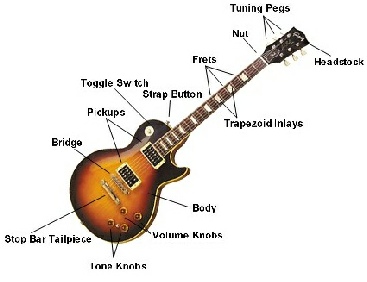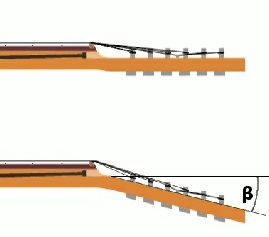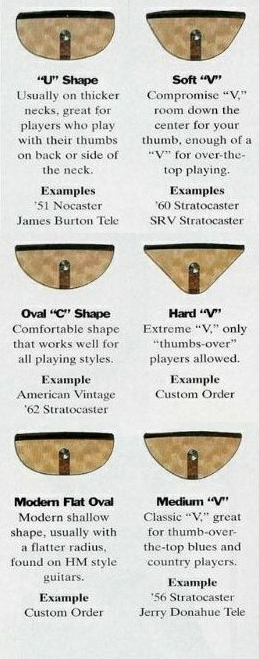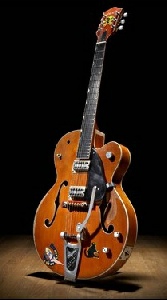


Parts Of The Electric Guitar
Every electric guitar needs to be set up. Whether you play a new or vintage guitar, a hollowbody or solid body instrument, every part of the guitar has to be adjusted properly. In order to accurately adjust the separate parts of your guitar it is important to embrace the whole instrument. Although guitars are produced in quite a variety of types, shapes and sizes, they all share the same three major components, the headstock, the guitar neck and the guitar body.

The Headstock
The headstock provides a rigid mounting base for the tuning pegs. Guitar headstocks
are built in flat and tilt-

The Guitar Neck
The guitar neck material is a huge factor in the sound of the instrument. For instance, Maple guitar necks produce a bright, hard hitting sound while necks produced in softer woods such as Mahogany provide softer, warmer tones. The neck profile is produced in different sizes and shapes to meet the preference of the player. The fretboard or fingerboard is a piece of wood attached to the top of the neck. The fretboard is flat on classical guitars and slightly convexly curved on acoustical and solid body guitars. This curve is called the fretboard radius and is produced in various sizes. The larger the radius number, the flatter the fretboard. Usually made of Mahogany or Ebony, the fretboard is divided into calibrated sections which are marked by the frets. The spacing of the fret sections is mathematically calibrated by dividing the scale length by the constant factor 17.817. The neck’s curvature is adversely affected by string tension, age, changes in temperature and changes in humidity. To counteract these negative stress points, an adjustable metal rod, referred to as a truss rod is inserted inside the neck. Some manufacturers, such as Rickenbacker, use two truss rods. This is done to control bow and twist. The neck is attached to the body in numerous ways. There are set in necks, bolt on necks and neck through designs being produced today. They each have different effects on the sound and cost of the electric guitar.

The Guitar Body
Electric guitar bodies are made in hollow body, semi hollow body and solid body designs. Semi hollow body and hollow body designs are similar to acoustic bodies. Guitar bodies are made of wood, polycarbonate plastics, aluminum, fiberglass and carbon composites. Maple, Alder, Mahogany and Swamp Ash are commonly utilized for guitar body construction. The material that the guitar body is made of greatly affects the cost and sound of the electric guitar.


Now that we have explored the parts of the electric guitar, its time to move to the next section of Electric Guitar Setup .com; Electric Guitar Strings.